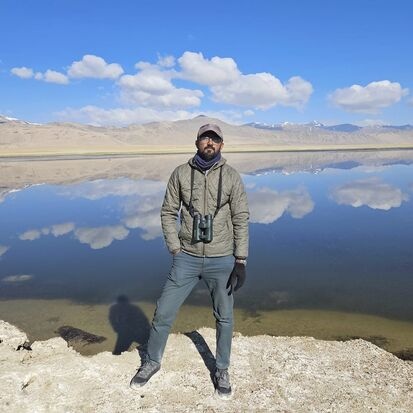
North-east India: Birding in Eastern Himalaya and Assam Plains
North East India comprising of seven states, i.e., Assam, Arunachal, Meghalaya, Nagaland, Manipur, Mizoram, and Tripura, is one of the most biodiverse regions in the Indian Subcontinent, richest in communities, in species, and in endemic status. It is also part of the global biodiversity “hotspot” as well as two endemic bird areas, i.e., Eastern Himalaya and Assam Plains. It represents the transition area between the Indian, Indo-Malayan, and Indo-Chinese bio-geographical regions and also the meeting point of the Himalayan Mountains and Peninsular India. The North East India Birding is designed to take you through the “gateway” for much of India’s flora and fauna and to witness the diverse avian fauna the region has to offer as a private tour or as scheduled departure.
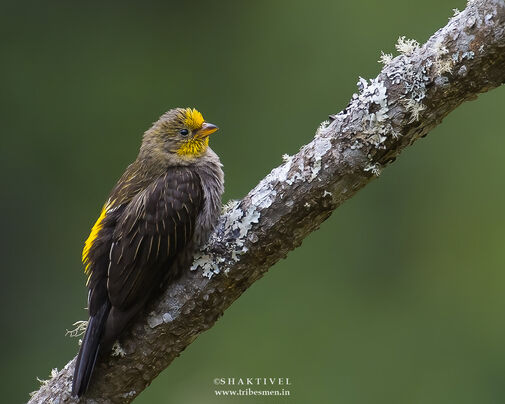
Day 1: Arrival and Travel to Dirang
Arrive at Guwahati Airport in Assam. We will first head to the garbage dumps looking for the Greater Adjuntant. We then drive to the town of Dirang (10 hours) in Arunachal Pradesh, for our three-night stay. Birding en route will give glimpses of this incredibly diverse region. We shall search for species such as White-hooded Babbler, Yellow-vented Warbler, Lesser Rufous-headed Parrotbill, Bhutan Laughingthrush, River Lapwing, Mountain Hawk Eagle, Brown Dipper and Crested Kingfisher
Day 2 & 3: Birding at Se La & Manda La
During our three days of birding around Dirang, we visit up to three sites, including the scenically spectacular Se La. At 4,200 m above sea level, it is one of the few areas at this elevation accessible by road. We spend the day here searching for some classic Himalayan species: the Himalayan Monal, Blood Pheasant, Snow Partridge, Rufous-breasted Bush Robin, Himalayan White-browed Rosefinch, and the stunning Grandala.
A day at Manda La, A range of species is possible here, but our main targets include Temmick’s Trogopan, Bar-winged Wren-babbler, Black-throated and Brown Parrotbills, Rusty-flanked Treecreeper, White-collared Blackbird, Fire-tailed Myzornis, Blue-fronted Robin, a few species of Laughingthrushes, Crimson-browed and Gold-naped Finches, Hume’s Bush-warbler, and Slender-billed Scimitar-babbler.


Day 4: Birding at Eaglenest Widlife Sanctuary
After some final birding in the lower elevation of Manda la. we will drive south to Lama Camp, situated at 2350 m at the edge of Eaglenest Wildlife Sanctuary, for the first of our five nights at Eaglenest. made famous by the discovery of the critically endangered Bugun Liocichla, described as recently as 2006 and currently known only from this area. In the late afternoon, if time permits, birding in the gol bari area.
Day 5-8: Birding at Eaglenest Wildlife Sanctuary
We have four full days inside the fabulous Eaglenest Wildlife Sanctuary, along several different sections of a jeep track which cuts through this rich forest from the pass at 2,900 m descending to the scrappy, though productive, foothills at 800 m.
Starting from high altitudes and working our way down the track to the lowlands, we pass through a wide range of avifaunal zones, and the bird life will vary noticeably during our descent. The bird list for the sanctuary is huge and includes many species that are considered to be Bhutan specialties. Among the huge list of potential species are possibilities such as Blyth’s and Temminck’s Tragopans, Chestnut-breasted and Common Hill Partridges, Kalij Pheasant, Rufous-necked Hornbill, Ward’s Trogon, Pale-headed Woodpecker, Collared Grosbeak, Blue-fronted Robin, Golden, White-browed, and Rufous-breasted Bush Robins, and Green and Purple Cochoas.
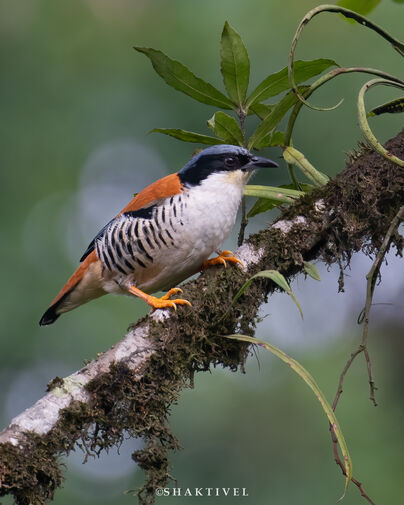
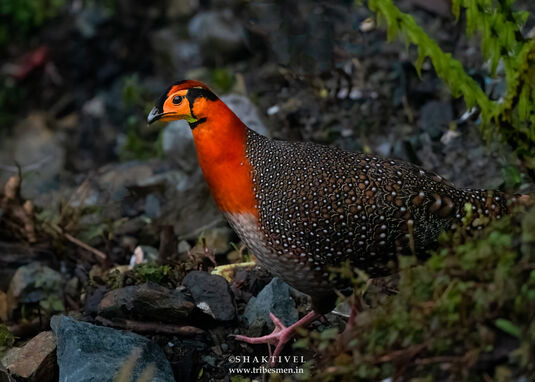
There are also a whole host of Laughingthrushes with Grey-sided, Blue-winged, Chestnut-crowned, Scaly, Striated, Bhutan, Spotted are possible, and, of course, Bugun Liocichla and, the Red-faced Liocichla. Both Coral-billed and Sickle-billed Scimitar Babblers favor the tracts of bamboo, the mind-blowing Fire-tailed Myzornis, Sikkim Wedge-billed Babbler, Himalayan Cutia, Beautiful Nuthatch, Yellow-rumped Honeyguide, Black-headed Shrike Babbler, six species of Parrotbill and a whole host of Sibias, Tits, Flycatchers, Warblers, Yuhinas, Niltavas, Flowerpeckers, Sunbirds, Accentors and Finches.
Day 9 & 10: Birding at Kaziranga National Park
After some early morning birding at Eaglenest, we return to the plains of Assam and head for Kaziranga National Park for a two-night stay. Visiting the Eastern, Western & Central Zones.
Our excursions into the park will be on open-topped jeep, with regular stops at watchtowers and other vantage points, where we will be treated to some superb panoramic views of the grassland, marshes, and lakes dotted with herds of large mammals, with possibility of Bengal Tiger and One-horned Rhinoceros and an impressive array of waterbirds. We will have a very good chance of seeing a number of threatened or endangered species, including Swamp Partridge Slender-billed Vulture, Slender-billed Babbler, and both Bristled and Indian Grassbirds, Bengal Florican, and rare Finn’s Weaver. Other grassland birds include Lesser Coucal, Green Bee-eater, Ashy and Plain Prinias, Striated Grassbird, Chestnut-capped and Striated Babblers, Siberian Stonechat, and the uncommon Black-breasted Weaver.
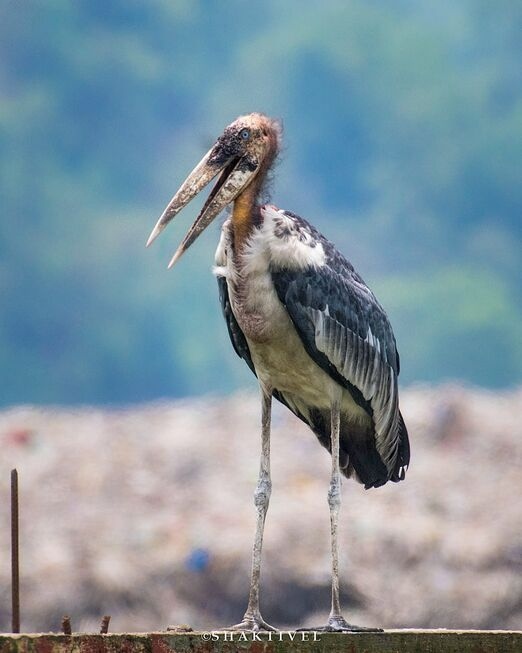
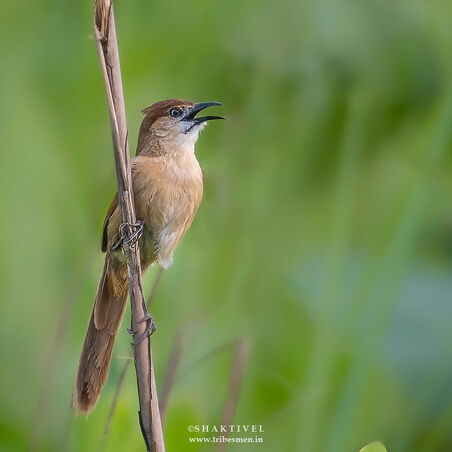
Scattered throughout the grassland tracts are a series of shallow wetlands which support good numbers of waterfowl, shorebirds and other waterbirds, including the near-threatened Spot-billed Pelican, Lesser Whistling Duck, Ruddy Shelduck, Cotton Pygmy Goose, Eurasian Wigeon, Indian Spot-billed Duck, Eurasian Teal, Little and Great Cormorants, Oriental Darter, Little and Medium Egrets, Grey and Purple Herons, Indian Pond Heron, Asian Openbill, Woolly-necked and Black-necked Storks, Lesser Adjutant, Black-headed Ibis, White-breasted Waterhen, Common Moorhen, Grey-headed Swamphen, Bronze-winged Jacana, Red-wattled Lapwing, Pin-tailed and Common Snipe, Spotted Redshank, Common Greenshank, Green, Wood and Common Sandpipers, Temminck’s Stint, River and Whiskered Terns, and Common, Stork-billed, White-throated and Pied Kingfishers.
We should also see good numbers of raptors, and we will be on the lookout for the threatened Pallas’s Fish Eagle in particular, as well as Oriental Honey Buzzard, Black Baza, Brahminy Kite, Grey-headed Fish Eagle, Red-headed Vulture, Crested Serpent Eagle, Pied Harrier (uncommon at this season), Shikra, Changeable Hawk-Eagle, and Peregrine Falcon.
Small areas of open woodland and belts of trees shelter plenty of additional species and we have a good chance of seeing Fulvous-breasted Woodpecker as well as such widespread species as Red Junglefowl, Oriental Turtle, Red Turtle and Spotted Doves, Yellow-footed Green Pigeon, Green Imperial Pigeon, Asian Koel, Common Hawk-Cuckoo, Plaintive, Banded Bay and Indian Cuckoos, Greater Coucal, Green-billed Malkoha, Asian Barred and Spotted Owlets, Blue-bearded and Chestnut-headed Bee-eaters, Eurasian Hoopoe, Oriental Pied and Great Hornbills, Lineated and Coppersmith Barbets, Grey-capped Pygmy, Streak-throated (uncommon) and Grey-headed Woodpeckers, Lesser Yellownape, Greater and Black-rumped Flamebacks, and Alexandrine, Rose-ringed, Red-breasted and Blossom-headed Parakeets.
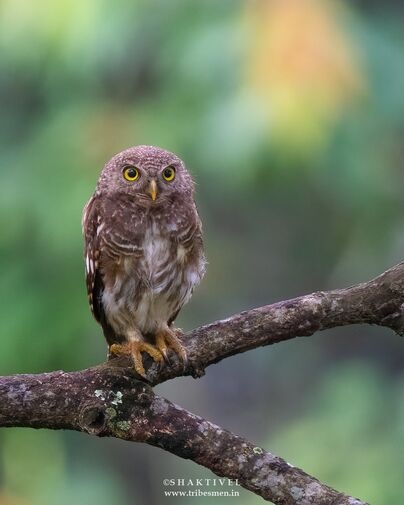
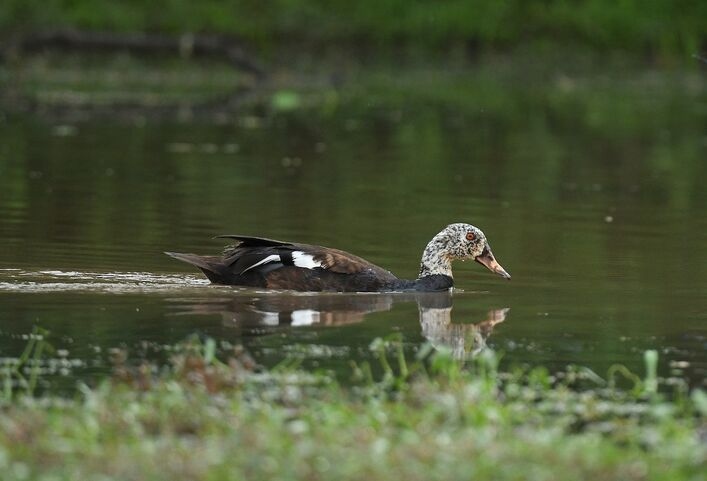
Day 11 & 12: Birding at Maguri Beel & Dehing Patkai National Park
After a morning safari, we drive to the busy town of Tinsukia for a two-night stay, birding around Maguri Beel for Swamp Grass Babber & other grassland species.
Full Day Birding at Dehing Patkai National Park for Grey-peacock Pheasant, Austen’s Brown Hornbill, Rufous-throated Fulvetta, Chestnut-backed Laughingthrush, Pale-capped Pigeon, White-winged Duck, etc.
Day 13: Birding at Jia Grasslands en route Mishmi Hills
Morning Birding at Dehing Patkai and reach Roing by evening while birding en route Jia Grasslands for Black-breasted Parrotbill, Jerdon’s Babbler, Chestnut-capped Babbler, Rufous-fronted Babbler, Spotted Bush Warbler etc.
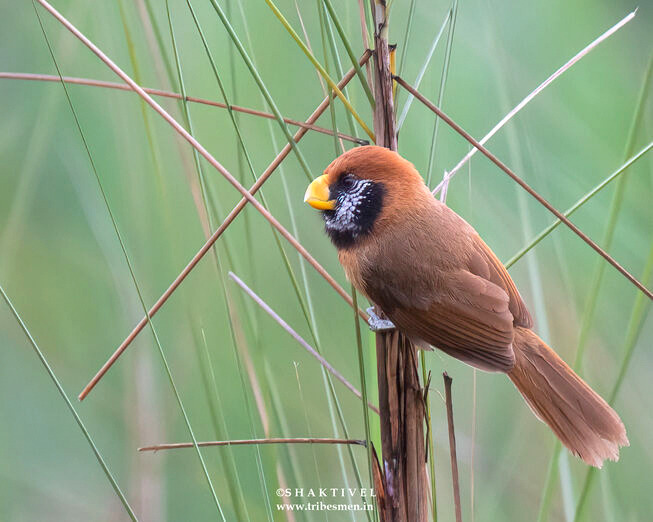
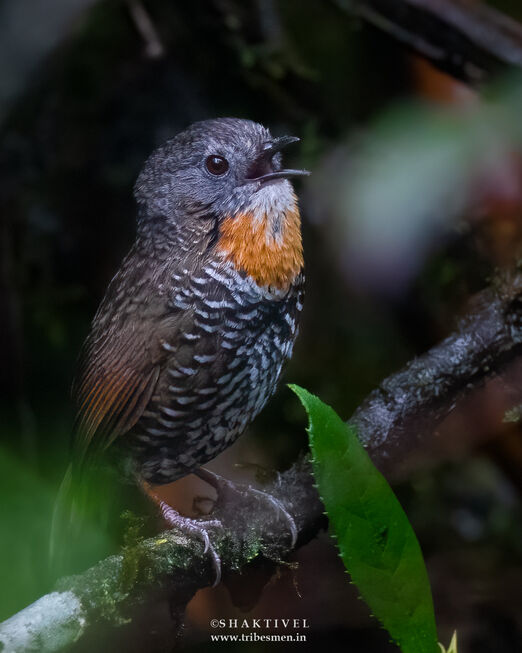
Day 14-16: Birding at Mishmi Hills
Three full days birding along the road in Mishmi Hills, Birding along the forest-clad roadside gives us our first introduction to Himalayan birding, though despite the continual distractions of the more numerous Himalayan species, we will attempt to locate such gems as Mishmi Wren Babbler, Cachar Wedge-billed Babbler, Yellow-rumped Honeyguide, Rusty-bellied Shortwing, Blyth’s Tragopan, Bar-winged Wren Babbler, Black-headed Shrike Babbler, Ward’s Trogon and Blue-fronted Robin
Day 17: Departure
After a final morning of birding in the bamboo forests, we depart Mishmi, and head back south across the Brahmaputra to Dibrugarh Airport for departure.
Meghalaya Extension : 3 Days
This can be opted as a pre-tour extension of our Eastern Himalayas itinerary or a short 3-night trip to cover specific targets like the endemic Tawny-breasted Wren-babbler.
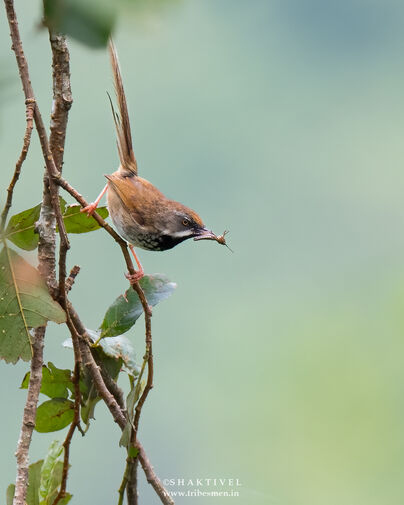
Day 1: Arrival and Birding at Shillong
Arrive at Guwahati Airport in Assam. We then drive to Meghalaya’s capital town of Shillong (3 hours) for our two-night stay.
Day 2: Birding around Mawkdok Valley
Full-day birding around Shillong and Mawkdok Valley for the endemic Tawny-breasted Wren Babbler, and species like Flavescent Bulbul, Crested Finchbill, Assam Laughingthrush, Grey Sibia, Himalayan & Rufous-crowned Prinia, Rusty-capped Fulvetta, and possibility for Spot-breasted Parrotbill.
Day 3: Return to Guwahati, Assam
Return to Guwahati, Assam, after our morning session at Shillong and continue towards Dirang as per our main tour itinerary.
Nagaland and Manipur Extension : 6 Days
This can be opted as a post-tour extension of our Eastern Himalayas itinerary or a short 5-night trip to cover specific targets like Naga Wren-babbler and Yellow-throated Laughingthrush.
Day 1: Travel to Khonoma, Nagaland
Driving into Nagaland from Dibrugarh or landing at Dimapur Airport, stopping for lunch in Khonoma, and then birding in the afternoon.
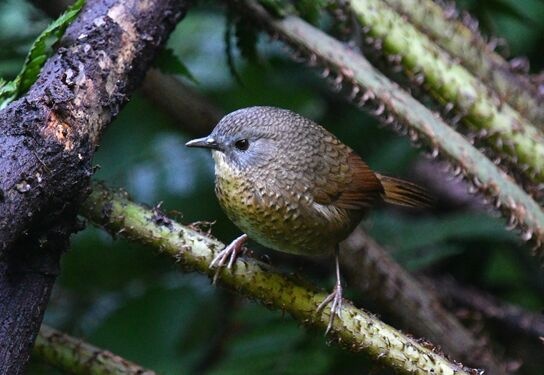
Day 2-3: Birding around Khonoma
Two full days of birding around Khonoma village, birding above the village we go in search of Naga Wren Babbler and Blyth’s Tragopan in the morning, with additional possibilities including Cachar Wedge-billed Babbler and Assam and Brown-capped Laughingthrushes. Back at the forest edge in the late afternoon, there is a chance of the elusive and local Spot-breasted Laughingthrush, and Mountain Bamboo Partridge.
Day 4-5: Birding in Imphal, Manipur
Driving into Imphal (6 hrs) in the morning and after lunch birding around Loktak Lake for grassland species.
we will spend the next day finding Yellow-throated Laughingthrush amid tall grasses and roadside bushes requires a full day. Additionally, the Himalayan Prinia, Grey Sibia, Dark-rumped Swift, and Spot-breasted Scimitar Babbler have a chance. If we are successful early on, we will search the surrounding marshland for a variety of grassland species, such as the Indian Grassbird, Black-breasted Parrotbill, and Slender-billed Babbler, with the possibility of seeing both Jerdon’s Babbler and White-tailed Stonechat.
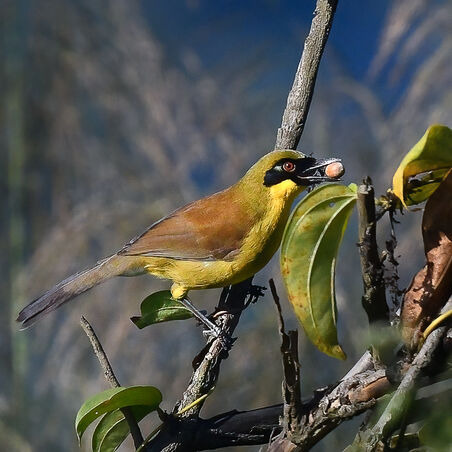
Day 6: Departure to New Delhi
After an early morning session for any missing targets, we will drive to Imphal Airport for an afternoon flight to New Delhi.
The North-East can be done as a 17-day Arunachal & Assam trip, or with any one extension, and as a 25-day trip covering all regions.
Contact us for a personalized North-East India birding trip with an expert regional guide.

